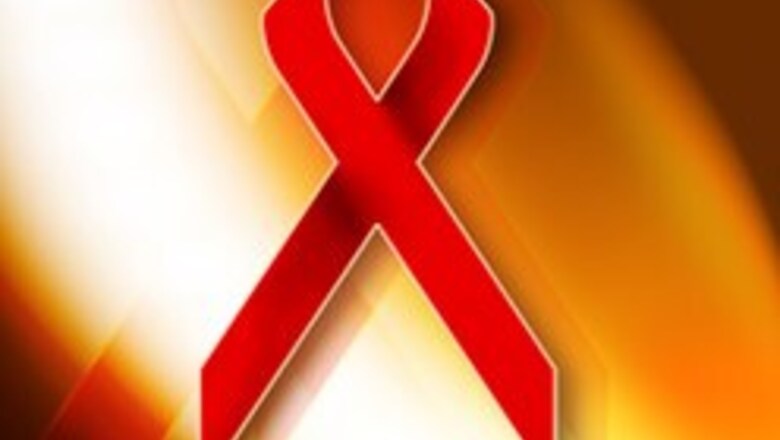
views
Mumbai: India now has the largest number of AIDS infections as the spread of the disease shows no sign of letting up a quarter-century into an epidemic that has claimed 25 million lives, the UN says.
The data shows that India has 5.7 million people living with HIV/AIDS, surpassing South Africa's 5.5 million.
However, the percentage of India's adult population with HIV-0.9 per cent, is still far lower than in parts of southern Africa, where the infection rate is well into the double digits.
Intensive AIDS prevention efforts among prostitutes and the men who frequent them have pushed down HIV infections dramatically in four south Indian states, according to a recent University of Toronto study.
The study found a 35 per cent drop in HIV among people aged 15-24 years because of efforts by authorities and non-governmental groups to educate sex workers.
"I think we will see a further globalisation of the epidemic spreading to every single corner of the planet," UNAIDS head Dr Peter Piot said.
UNAIDS on launched a 630-page global survey of the disease showing that nearly 40 million people are infected with HIV, the virus causes AIDS ahead of a meeting on Wednesday on AIDS at the UN General Assembly in New York.
However, the epidemic still remains at its worst in sub-Saharan Africa, where per capita rates in several countries continue to climb.
The Wednesday meeting comes a week prior to the 25th anniversary of the first documented AIDS cases on June 5, 1981.
"I think we have to start thinking about looking at the next generations. There's an increasing diversity in how the epidemic looks," he added.
Piot also said one of the most disturbing findings was how few babies are being protected against infection.
Only nine percent of pregnant women in poor countries are receiving services, such as access to drugs, to help prevent mother-to-child transmission, despite a UNAIDS goal of 80 per cent coverage.
Women's vulnerability to the disease continues to increase, with more than 17 million women infected worldwide with nearly half the global total, and more than three-quarters of them living in sub-Saharan Africa, the report found.
Stigma and discrimination also still plague those infected with the virus, and young people's knowledge about HIV/AIDS remains low with less than 50 per cent having adequate information about the disease.
Piot said the situation remains dismal in sub-Saharan Africa, with 24.5 million people infected and nearly 90 per cent of the world's children living with the virus.
However, Piot said the new numbers do offer a small sliver of hope.
Kenya and Zimbabwe, along with some cities in Burkina Faso, reported declines in the overall adult infection rates.
The Asia-Pacific region is also a concern with 8.3 million people infected, the second highest after sub-Saharan Africa.
Piot further added that the size of Asia makes it a potential problem because even small gains in overall per capita infections equal huge numbers, especially in countries like China and India, with over 1 billion people each.
Piot said Eastern Europe and Central Asia are also new growth areas because of an increase in intravenous drug use.
"The Middle East is the last part of the world where HIV is not spreading rapidly," he added.



















Comments
0 comment